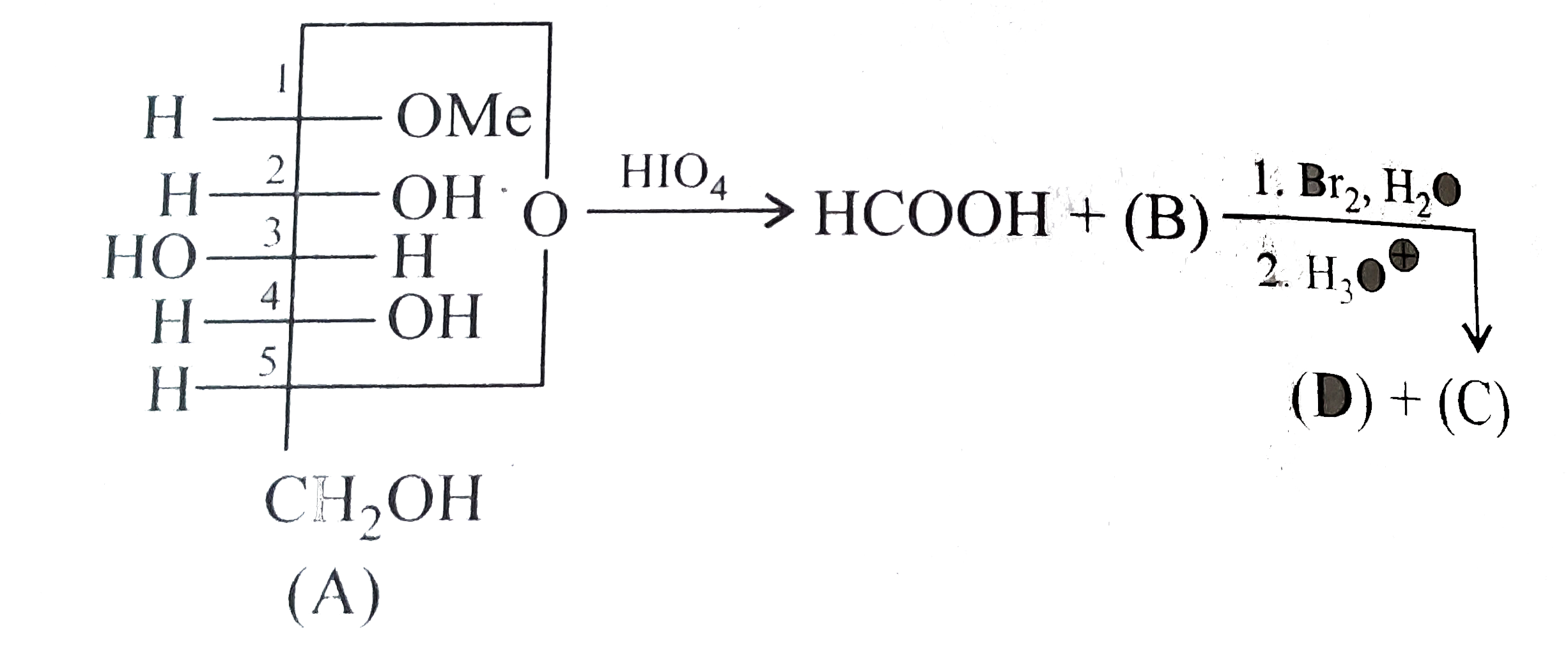
Compound (C) and (D) are:
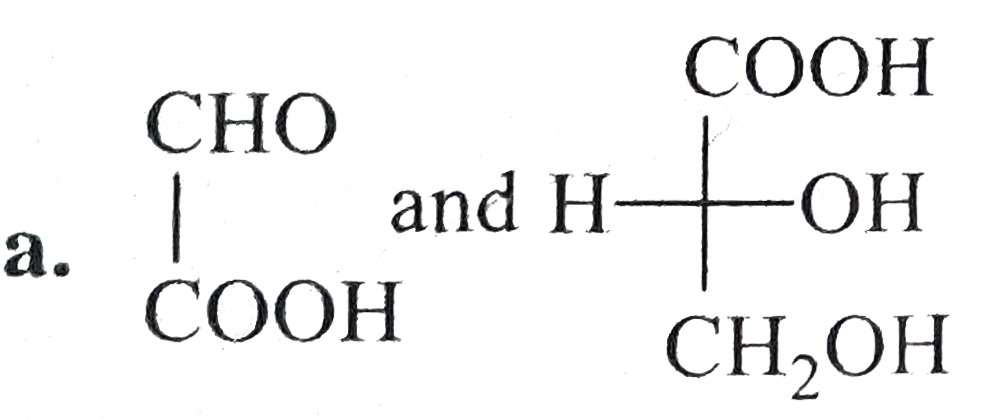
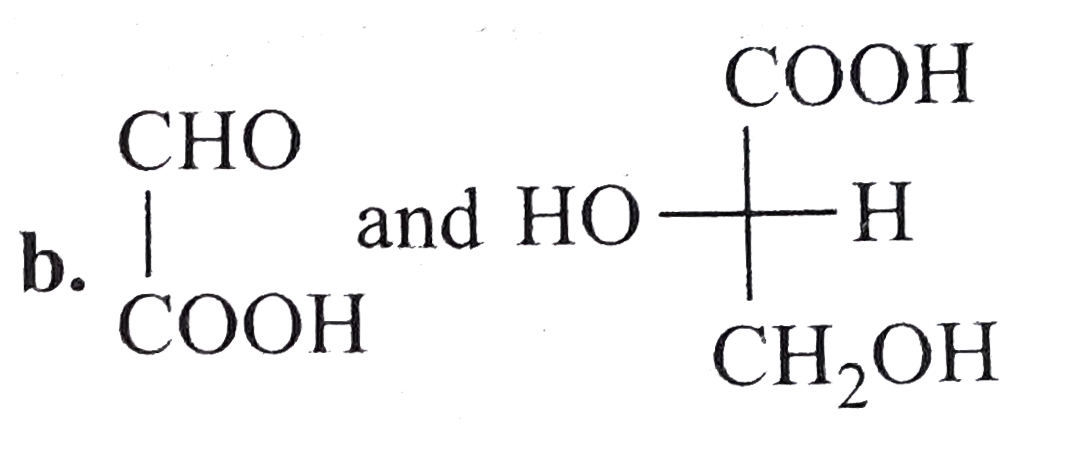
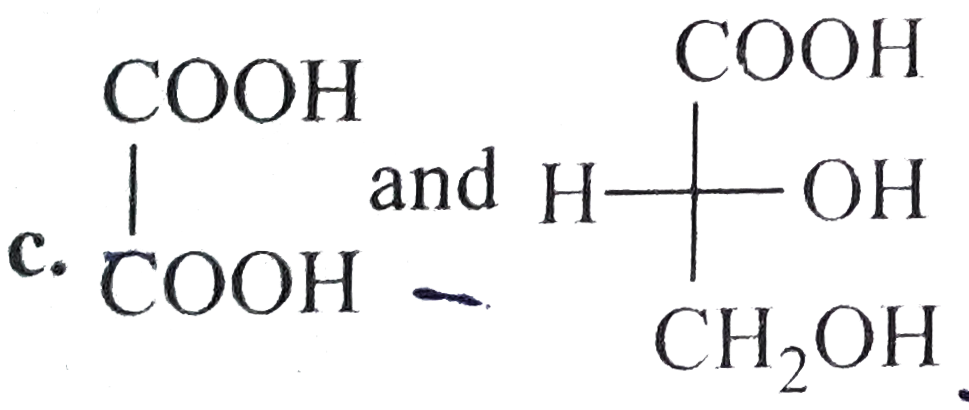

The correct Answer is:A
Topper's Solved these Questions
- BIOMOLECULESBOOK - CENGAGE CHEMISTRYCHAPTER - BIOMOLECULESEXERCISE - Exercises (Multiple Correcttype)
31 Videos
- BIOMOLECULESBOOK - CENGAGE CHEMISTRYCHAPTER - BIOMOLECULESEXERCISE - Exercises (Single Correcttype)
81 Videos
- BIOMOLECULESBOOK - CENGAGE CHEMISTRYCHAPTER - BIOMOLECULESEXERCISE - Exercises (Concept Application)
25 Videos
- AROMATIC COMPOUNDS AND ALKYL AND ARYL HALIDES BOOK - CENGAGE CHEMISTRYCHAPTER - AROMATIC COMPOUNDS AND ALKYL AND ARYL HALIDES EXERCISE - Archives Subjective
18 Videos
- BIOMOLECULES, POLYMERS AND CHEMISTRY IN EVERYDAY LIFEBOOK - CENGAGE CHEMISTRYCHAPTER - BIOMOLECULES, POLYMERS AND CHEMISTRY IN EVERYDAY LIFEEXERCISE - QUESTION BANK
8 Videos
Similar Questions
An organic compound (A) contains 87.27% C and 13.73% H. Its vapour density is 55. Ozonolysis of (A) gives three compounds (B), (C ), and (D). (B) undergoes a positive iodoform reaction and reacts with phenylhdrazine. Compounds (C ) and (D) are not positive to Iodoform test. (C ) on controlled oxidation gives (E ) (C4H6O4) , which reacts with two equivalents of NaOH for complete neutralisation. (E) on heating above its melting point yields (F) (C4H4O3) along with H2O. Compound D reacts with NaOH solution to form (G) and (H). Acidified solution of (G) yields with a voltile acid (I) which reduces ammonical AgNO3 solution. (I) undergoes reduction with LiAlH4 to produce (H). Assign structures for the lettered compounds (A) to (I).
View Solutionalkali metal (A) on flame test gives a crimson red colour to the Busen flame. (A) on heating in air gives compound (C ) and gas (D). Gas (D) with Nessler's regent gives a brown precipitate Identify (A), (B), (C ) and (D).
View Solution
Knowledge Check
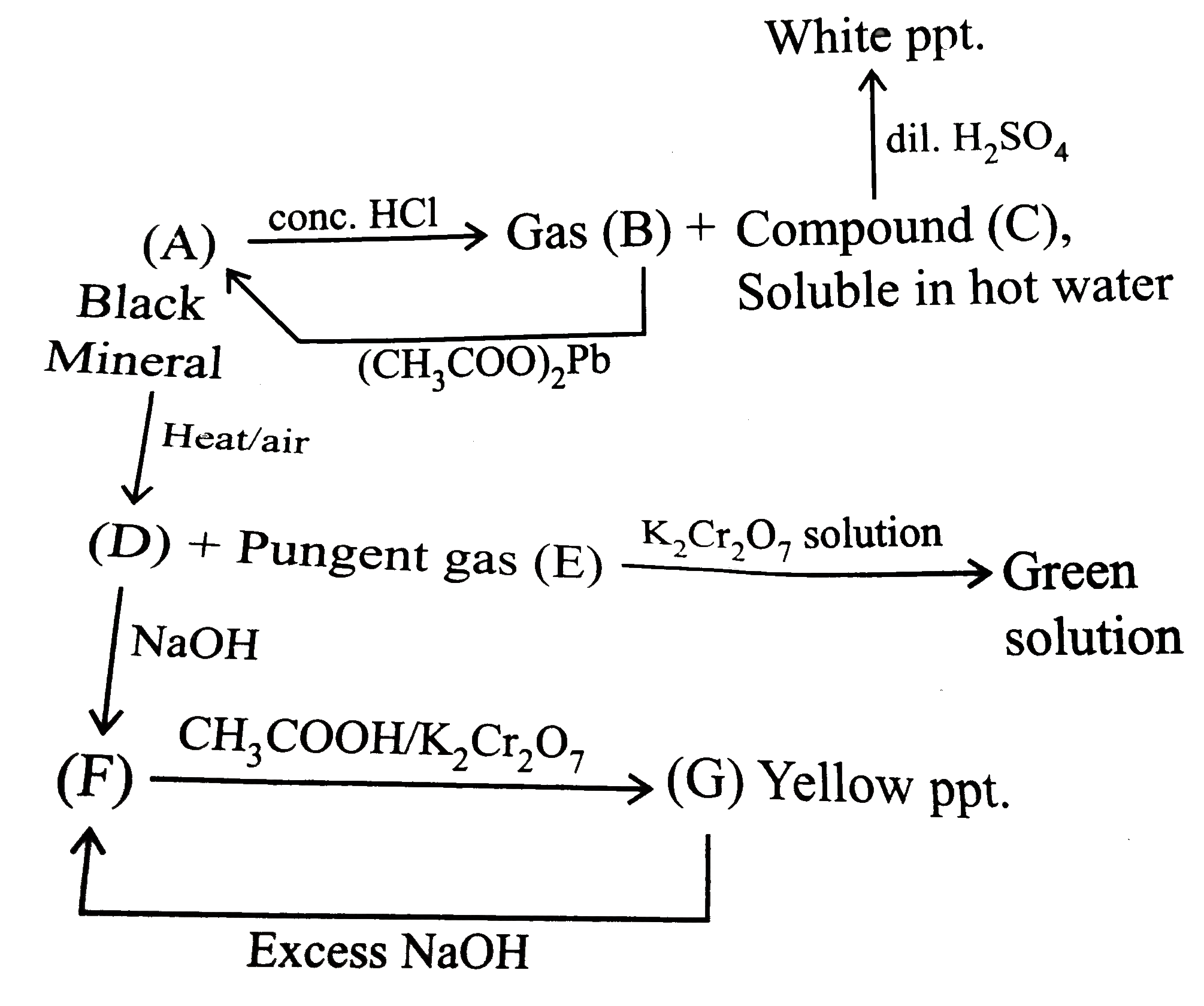
Compound (C ) and (D) rae respectivelyAPbO,PbCI2BPbCI2,PbCI2CPbO,PbO2DPbS,PbO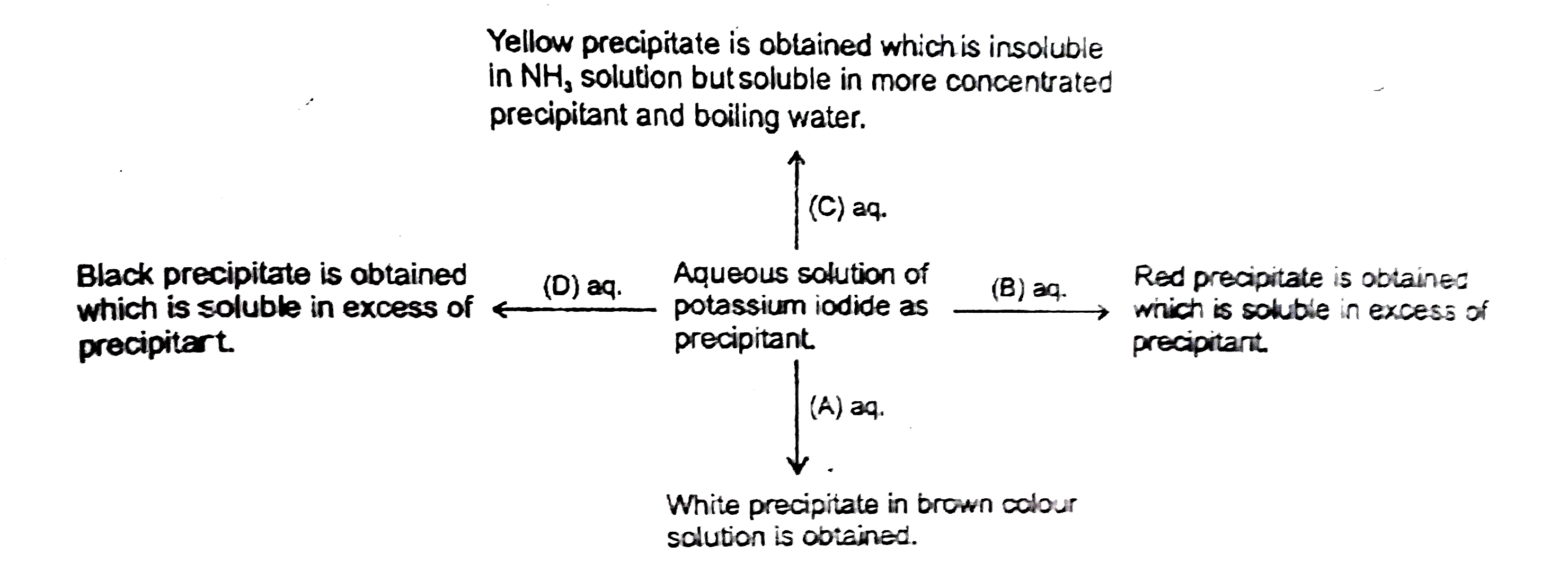
Compounds (C ) and (D) respectively are :AAgNO3andHg(NO3)2BAgNO3andCu(NO3)2CPb(NO3)2andBi(NO3)3DAgNO3andBi(NO3)3The three compounds (A),(B),and (C) on hydrogenation with H2+Pd give (D),(E) and (F), respectively.
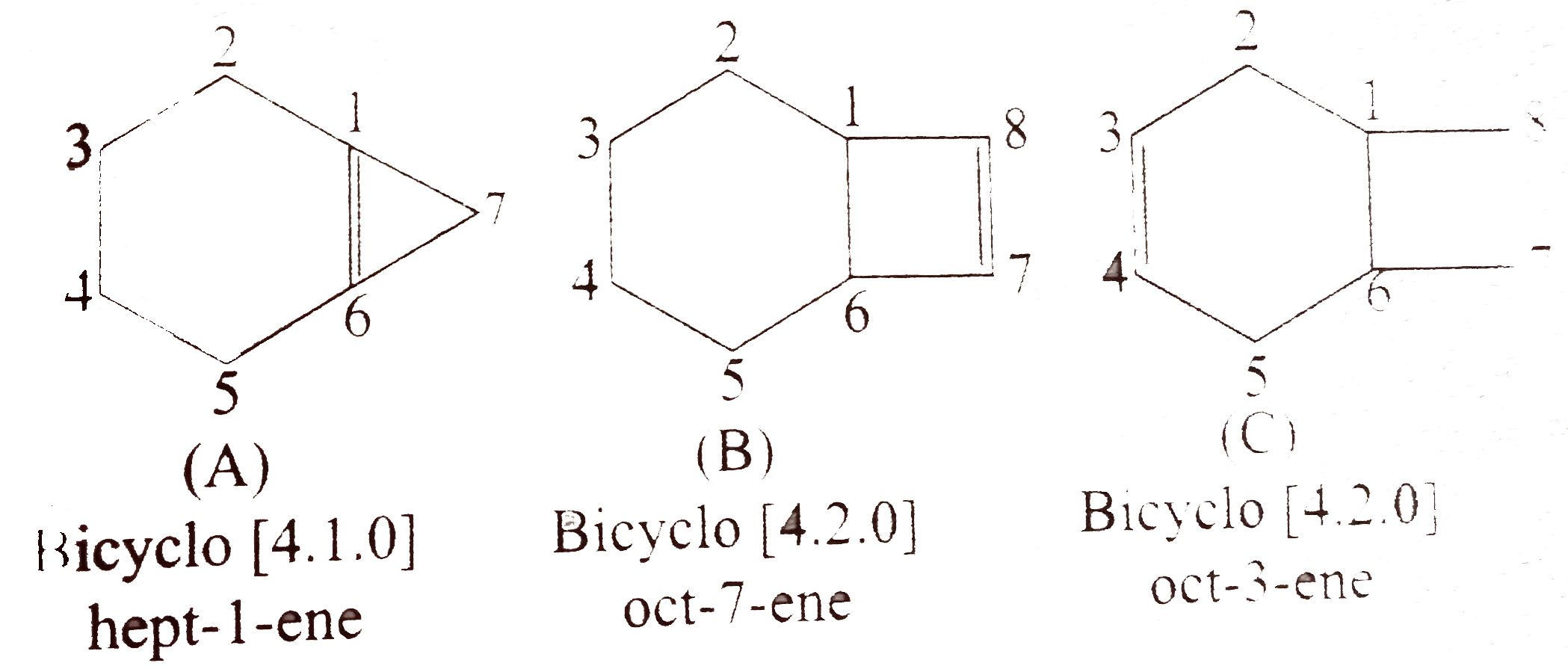
Compounds (D),(E) and (F) are :A B
B C
C D
D
Match each of the following four structures with one of the compound A-D on the basis of the following experimental facts
Compound (A),(B) and ( C ) are optically active, but compound (D) is not
Compound (C ) gives the same products as compound (D) on treatment with periodic acid, But compound (B) gives a different product.
Compound (A) does not react with periodic acid.

Compound A-D are respectively?
View Solution(a) On bolining a mineral (A) with Na2CO3 solution, a white precipirtate (B) is formed.
(b) The precipitate is fitered and the filtrate contains two conpounds (C) and (D). The componds (C) is removed by crystallisation and when CO2 is passed through the mother liquor left, (D) changes to (C).
( c) On strongly heating (C), two compounds (D) and (E) are formed.
(d) (E) on heating with cobalt oxide provides blue-coloured substance (F).
Identify (A) to (F) and give chemical reaction for (a) to (d).
View Solution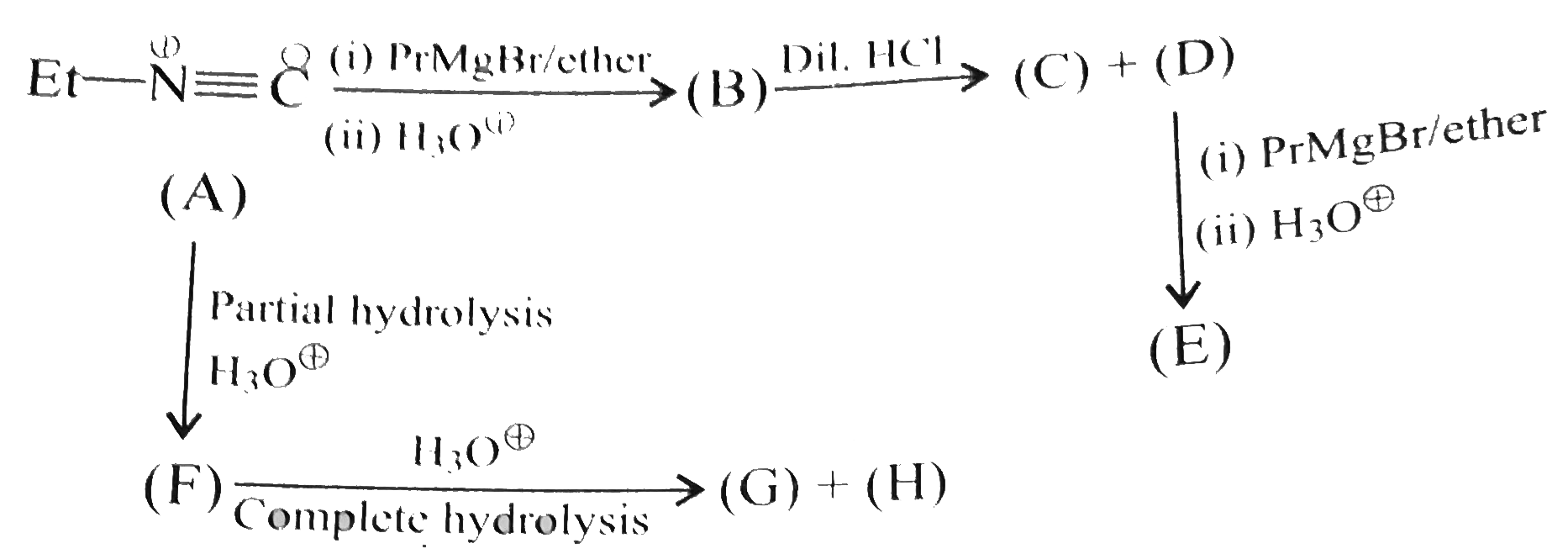
The compounds (C) and (D), respectively, are :
View Solution
Compounds (C) and (D) can be distinguished by :
View Solution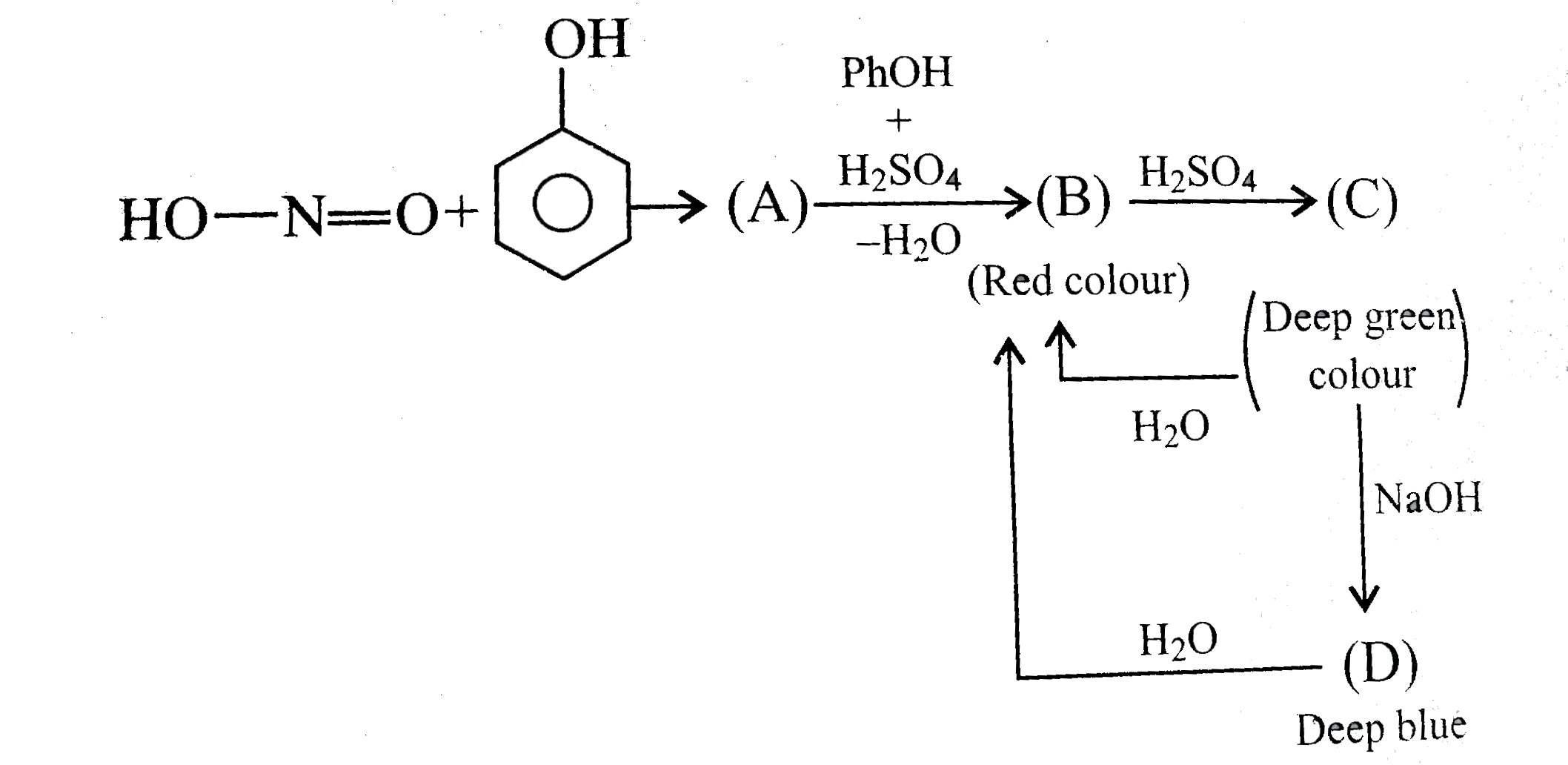
The formation of different-colour compounds (B), (C ), and (D) from (A) is called:
View Solution

